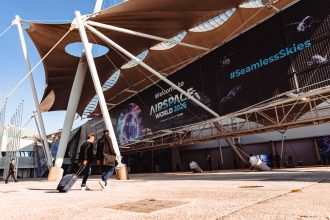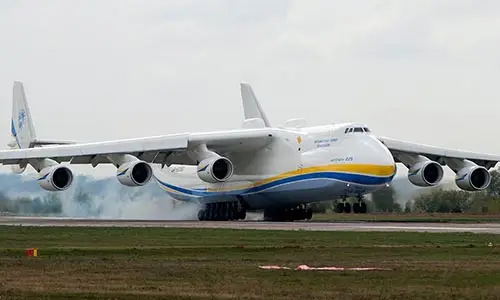
by Philippe Domogala
IFATCA Contributing EditorShocking as it was to hear that an Azerbaijani E190 had been shot near Grozny last December, forcing it to crash-land in Kazakhstan, this is unfortunately not a new scenario. It has happened many more times in the past. Wikipedia maintains an impressive (yet depressing) list of airliner shootdown incidents. Some of these were accidental, while others were intentionally targeted. Most people remember KAL007, a Korean Airlines B747 shot down by the Soviets in 1983, or the Iran Air Airbus A300 downed by the USS Vincennes in the Persian Gulf in 1988. Major incidents over the last 25 years also include a Siberia Airlines Tu154 over Crimea in 2001, a DHL A300 in Baghdad (2003), a Malaysian B777 over Ukraine in 2014, a Ukraine International B737 in Teheran in 2020…
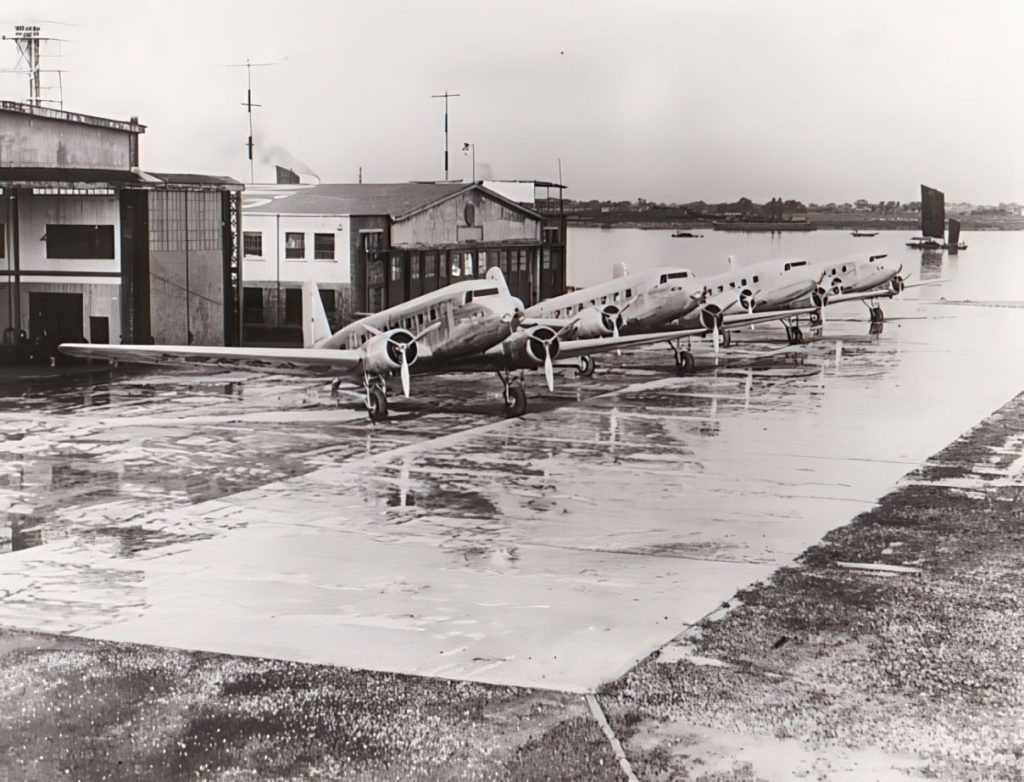
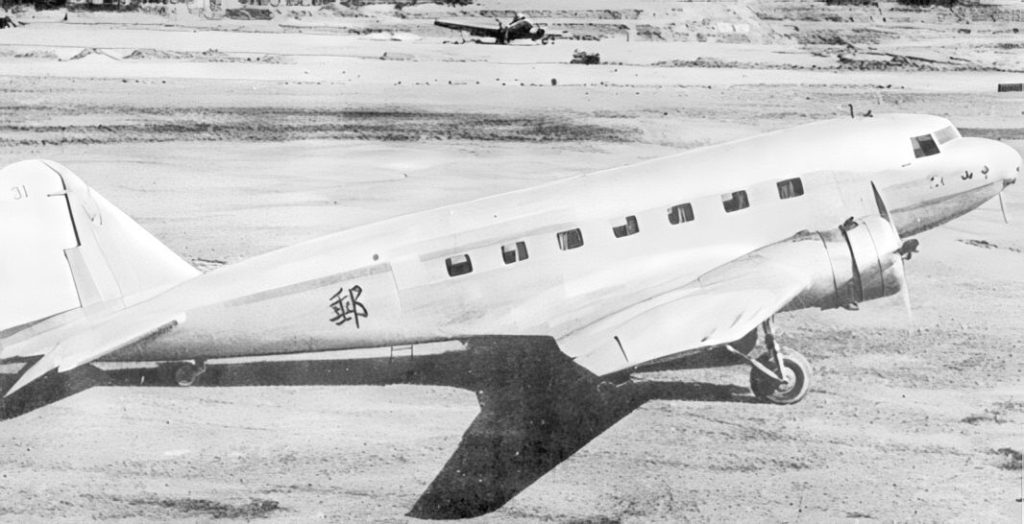
The very first recorded case of a civil flight shot down was Kweilin Incident in 1938, near Hong Kong. The aircraft involved was a Douglas DC-2, named Kweilin. As the predecessor of the DC-3, the DC-2 looked very much alike already, but with less powerful engines capable of carrying only 14 passengers (32 on the DC-3). It was owned the Chinese National Aviation Corporation, CNAC. On August 24, 1938, the aircraft was on a flight from Hong Kong, then a British colony, to Wuzhou in mainland China. Shortly after takeoff, while overflying China, it was intercepted and shot at by a group of Japanese Air Force fighters. The incident prompted the pilot to try to make an emergency landing in a river. Everyone survived the landing, but the Japanese fighter aircraft returned and shot at the survivors who tried to reach the shore. Fifteen people died, and only the American pilot, his Chinese radio operator and one passenger survived the attack.
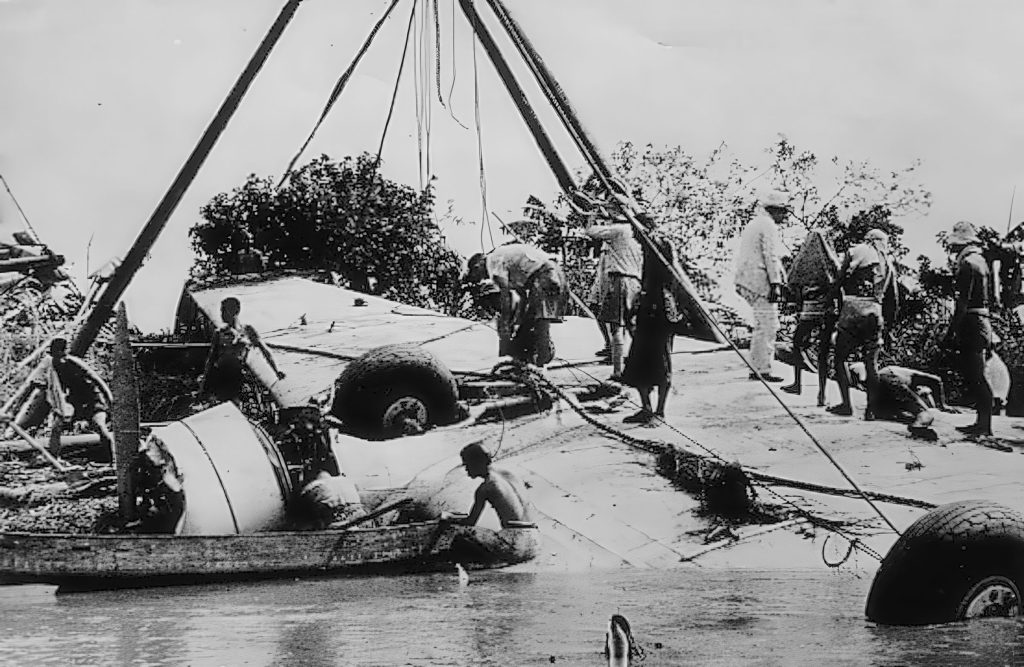
The attack and subsequent emergency landing left the aircraft in very bad shape. It sank the river and only the top of its tail remained visible. But despite its condition and because aircraft were valuable at the time, the wreck was recovered, rebuilt, re-registered and renamed (Chungking) for fear that superstitious passengers would not want to fly on this “bad luck” aircraft. It began flying one year later for the same airline. Sadly, superstitious travellers were proven right because one year later, on October 29, 1940, that very same DC-2, again operated by CNAC, again with an American pilot, was shot at by Japanese fighter aircraft. This happened at Changi Airfield in Yunnan, China, as it was taxiing after landing. Nine people died, including the pilot. The DC-2 caught fire and never flew again.
One would have thought that civil airliners could be easily identified and should not be attacked, but unfortunately, this still happens today.






